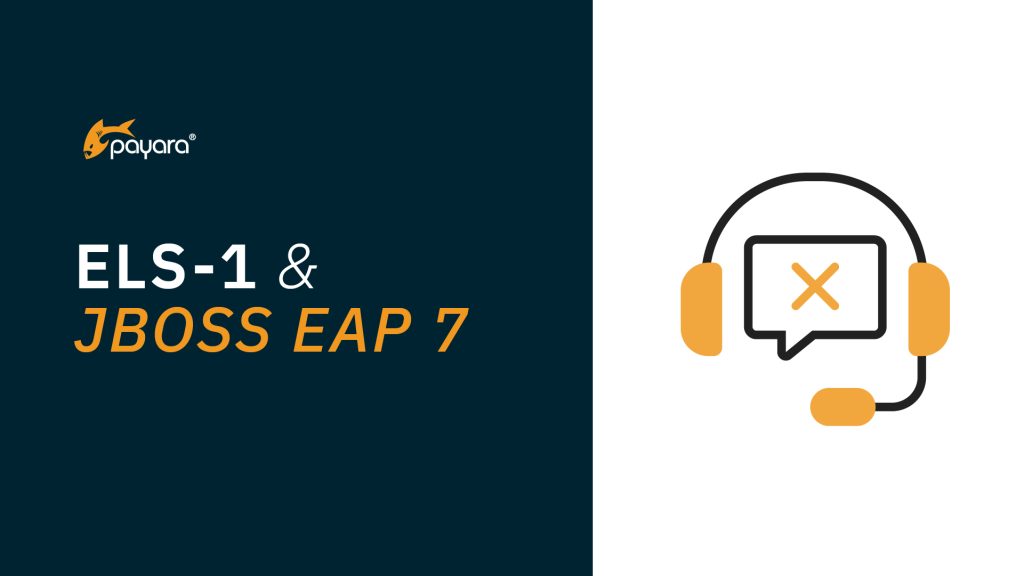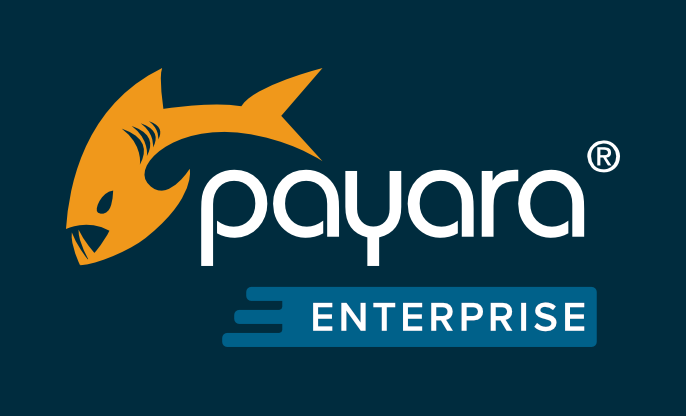 3 minutes
3 minutes
End-of-Life Technology: How to Drive Innovation Without Compromising Stability
When legacy systems approach end-of-life (EOL), enterprise IT teams typically face the choice of moving forward at all costs […]

If your Java EE 8 applications run on Red Hat JBoss Enterprise Application Platform (EAP) 7, you can’t afford to ignore the platform’s transition into Extended Life Support (ELS). This end of support (EOS) phase means the application server version is no longer receiving full maintenance and new features. Only critical security and bug fixes are available to teams signing up to a paid subscription (on top of licensing cost).
If you’re wondering what to do next, this blog post is here to provide guidance and help you take effective steps for your Java EE 8 applications.

The JBoss ELS paid subscription provides an option to organizations that need more time beyond standard support phases to manage upgrades or migrations of enterprise Java applications. ELS is split into two distinct phases: ELS-1 and ELS-2, each offering different levels of support and maintenance after mainstream support ends.
ELS-1 for JBoss EAP 7 will run until October 2027, when it will be replaced by ELS-2 until October 2030. Teams subscribing to ELS may hesitate to act now because sticking with JBoss EAP 7 seems like the easiest path. After all, it avoids immediate migration or modernization headaches. However, while remaining on JBoss EAP through ELS might avoid short-term disruption, it exposes organizations to several risks and doesn’t address the underlying issues. In fact:
javax.* → jakarta.*). In fact, besides the refactoring, it will involve significant rework that will likely affect your entire application and third-party libraries.Teams and organisations that subscribed to ELS-1 for their JBoss EAP 7 runtimes have three principal strategic paths to consider.
javax.* namespace, avoiding urgent code refactoring challengesFor organizations running enterprise Java applications on Red Hat JBoss EAP, ELS can buy some time but it is only as a temporary measure. Teams should leverage the ELS window to develop and execute robust migration/modernization strategies, mitigate security risks and ensure their Java tech stack can continue to operate effectively in the future.
Upfront investment in migration and modernization outweighs the growing risks and operational costs of extended legacy support, as the cumulative investment and challenges grow over time.
Migration/modernization paths are not one-size-fits-all. While moving forward to JBoss EAP 8 with Jakarta EE 10 can be appropriate for some organisations, platforms like Payara Platform Enterprise 5 offer a compelling alternative for teams needing to extend the life of their existing Java EE 8 applications with active support, continued security updates and flexible cloud readiness.

Want to try the production and cloud-optimized, fully supported Payara Server Enterprise? Create a free account to download Payara Server Enterprise now.
No credit card details are required.
Try Payara Enterprise for Free 3 minutes
3 minutes
When legacy systems approach end-of-life (EOL), enterprise IT teams typically face the choice of moving forward at all costs […]
 5 minutes
5 minutes
November has been one of the busiest months of the year for the Java and Jakarta EE ecosystem. With […]
 3 minutes
3 minutes
Working with enterprise Java databases can sometimes feel like swimming upstream. Jakarta EE 11’s Jakarta Data helps developers glide […]